The Caribbean islands are a tapestry of flavors, each thread woven with the unique spices and traditions of its people. Imagine a plate filled with vibrant colors and aromas so inviting they transport you to sandy beaches and sun-kissed shores. This is the essence of National Dishes of the Caribbean, a collection of recipes passed down through generations, each telling its own story of the land and sea.
In this blog post, we’ll take a closer look at these culinary treasures. You’ll learn about the mouth-watering jerk chicken that’s synonymous with Jamaica, the hearty Ropa Vieja from Cuba, and many more. These dishes aren’t just food; they’re a celebration of culture and community. So, let’s dive into the heart of Caribbean cooking and see what makes these national dishes so special.
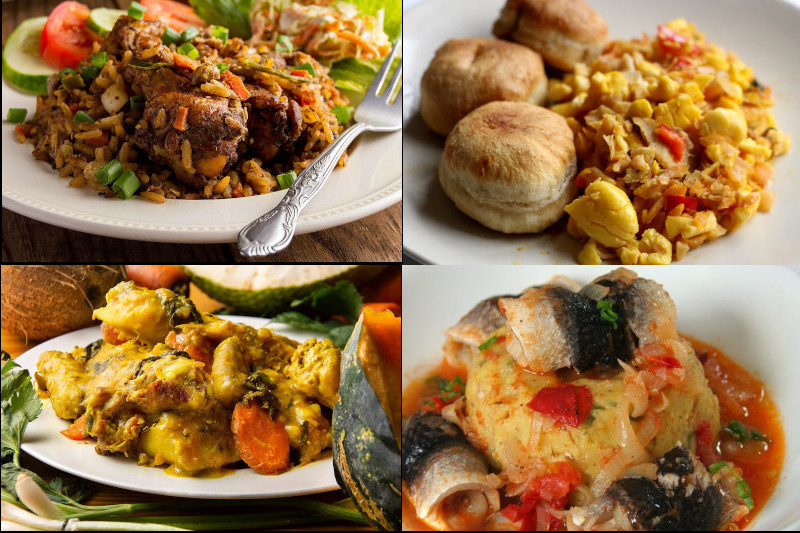
The Flavorful World of Caribbean Spices and Herbs
In the Caribbean, every dish tells a story, and that story begins with spices and herbs. These are not just ingredients; they are the soul of Caribbean cooking. They bring heat, sweetness, and a burst of flavors that make each national dish unforgettable.
Spices: The Heat of the Kitchen
Caribbean spices are like a treasure chest. Each spice adds a different kind of warmth to the food. There’s allspice, which smells like a mix of cinnamon, nutmeg, and cloves. It’s a little bit spicy and a little bit sweet, perfect for meats and stews. Then there’s nutmeg, which is a bit sweet and works well in desserts and drinks. But the real kick comes from the Scotch bonnet pepper. It’s fiery hot and used in many dishes to bring that signature Caribbean heat.
Herbs: The Freshness in Every Bite
Herbs are the green, leafy friends of spices. They add a fresh taste to the food. Thyme is a favorite in the Caribbean. It has tiny leaves but a strong flavor that goes well with almost everything. Cilantro, also known as coriander, is another popular herb. It has a bright, lemony taste that’s great in salads and salsas. And let’s not forget about the bay leaf. It might look simple, but it adds a deep, woodsy flavor to soups and rice dishes.
Combining Spices and Herbs
When you mix these spices and herbs together, magic happens. They create a melody of flavors that dance on your tongue. Imagine the jerk seasoning on chicken, with its mix of allspice, thyme, and the heat from Scotch bonnet peppers. Or the gentle blend of cilantro and lime in a fresh fish marinade. These combinations are what make Caribbean dishes so special and loved by everyone.
Why Spices and Herbs Matter?
But why are these spices and herbs so important? They do more than just make the food taste good. They tell the history of the Caribbean. Many of these spices came from far away and were brought by traders and travelers. They show how the Caribbean is a mix of many different cultures. And when you eat a dish seasoned with these spices and herbs, you’re tasting the story of the islands.
Jamaica: The Land of Jerk Chicken
Jerk Chicken is not just a dish; it’s a taste of Jamaica’s spirit. It’s spicy, smoky, and full of life – just like the island’s vibrant culture. Let’s dive into what makes Jerk Chicken a national favorite and how it’s prepared.

What is Jerk Chicken?
Jerk Chicken is a grilled dish that’s bursting with flavor. The ‘jerk’ part comes from the special seasoning mix used to marinate the chicken. This mix has allspice, Scotch bonnet peppers, cloves, cinnamon, and thyme. It’s a powerful blend that gives the chicken its unique taste.
The Secret Behind the Spice
The secret to Jerk Chicken’s deliciousness lies in its marinade. The chicken pieces are soaked in the jerk seasoning, sometimes overnight. This lets all the spices soak into the meat, making every bite juicy and flavorful. The Scotch bonnet peppers add the heat, while the allspice adds a warm, peppery taste.
Grilling to Perfection
After marinating, the chicken is slow-grilled over charcoal. This is where the magic happens. The slow grilling cooks the chicken gently, making it tender. The smoke from the charcoal gives it a smoky flavor that’s hard to resist. In Jamaica, they often use pimento wood on the grill, which adds another layer of flavor to the chicken.
Serving it Up
Jerk Chicken is usually served with sides that cool down the spice. You might find it with rice and peas, a sweet and tangy coleslaw, or fried plantains. These sides balance the heat and make the meal complete.
Why Everyone Loves It?
People love Jerk Chicken because it’s a flavor explosion. It’s not just about the spiciness; it’s about the depth of flavors. Every mouthful takes you on a journey. Plus, it’s a dish that brings people together. In Jamaica, cooking Jerk Chicken is often a social event, with music, dancing, and good times all around. Jerk Chicken is more than food; it’s a celebration on a plate. And that’s why it’s not just Jamaica’s national dish; it’s a dish that’s celebrated by people all over the world.
Trinidad and Tobago: A Taste of Doubles
Doubles is the street food king in Trinidad and Tobago. It’s a quick, tasty snack that’s perfect for breakfast or any time you’re hungry. Let’s find out what makes Doubles so special and why it’s a must-try dish.
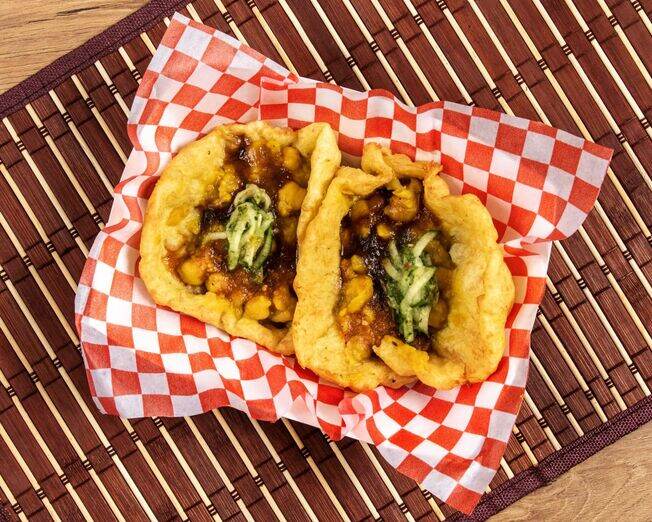
What Are Doubles?
Doubles are like sandwiches, but instead of bread, they use two soft, fluffy flatbreads called ‘bara.’ Between the bara, there’s a hearty filling of curried chickpeas, known as ‘channa.’ It’s a simple dish with big flavors.
The Bara: Soft and Fluffy
The bara is made from a dough that’s a mix of flour, yeast, and turmeric, which gives it a bright yellow color. The dough is rolled into small circles and then fried until puffy and lightly crispy. It’s the perfect holder for the spicy channa.
The Channa: Spicy and Satisfying
Channa is the heart of Doubles. The chickpeas are soaked overnight, then cooked with curry spices, garlic, and pepper until they’re soft and full of flavor. The channa should be a little bit spicy, but not too hot, so everyone can enjoy it.
Toppings: Customize Your Doubles
When you get Doubles, you can add different toppings. There’s ‘cucumber chutney,’ a cool and crunchy addition. Or ‘tamarind sauce,’ which is sweet and tangy. And for those who like it extra hot, there’s ‘pepper sauce.’ These toppings make every bite of Doubles a new experience.
Why Doubles Are Loved?
Doubles are loved because they’re delicious and affordable. You can find them at street vendors all over Trinidad and Tobago. They’re a quick meal that’s filling and full of flavor. Plus, they’re a great way to start the day with energy. Doubles are more than just food; they’re a part of daily life in Trinidad and Tobago. They bring people together, no matter the time of day. And that’s what makes them a true national dish.
Haiti: Savoring Griot with Pikliz
Griot is a beloved dish in Haiti, a country known for its rich history and vibrant culture. This dish is a celebration of flavor, combining tender pork with a spicy kick from pikliz, a pickled vegetable relish.
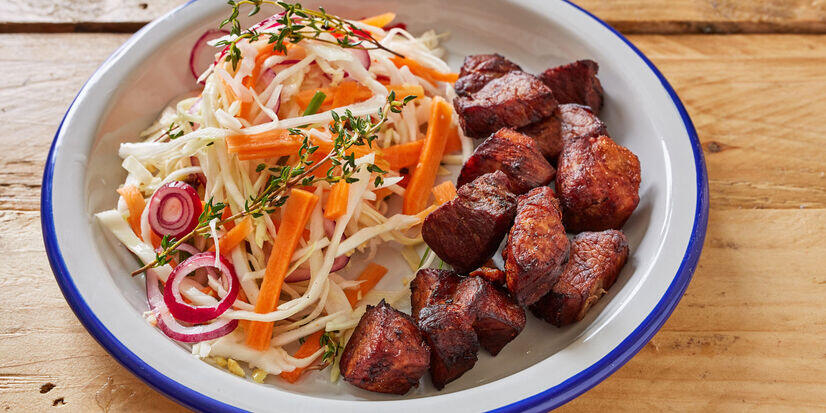
Griot: The Pork Dish That’s a Haitian Classic
Griot is made from pork shoulder cut into cubes. The meat is marinated in a mix of citrus juice, garlic, and Scotch bonnet peppers, which gives it a tangy and spicy flavor. After marinating, the pork is boiled until tender and then fried until it has a crispy exterior. The result is a dish that’s both juicy and crunchy, with a burst of heat in every bite.
Pikliz: The Spicy Condiment That Accompanies Griot
Pikliz is the perfect partner for Griot. It’s made from a blend of shredded cabbage, carrots, and Scotch bonnet peppers, all pickled in a tangy vinegar sauce. The sharpness of the vinegar and the heat of the peppers cut through the richness of the pork, making each mouthful perfectly balanced.
The Bahamas: Dive into Conch Salad
Conch Salad is a refreshing dish from The Bahamas, an archipelago where the sea is a way of life. This salad is as bright and colorful as the coral reefs surrounding the islands.
The Significance of Conch in Bahamian Cuisine
Conch is a type of sea snail that’s a staple in Bahamian cooking. It’s loved for its firm texture and mild, sweet flavor. In Conch Salad, the conch is diced and mixed with fresh vegetables like tomatoes, onions, bell peppers, and citrus juice. The result is a light and zesty salad that’s full of ocean freshness.
A Peek into the Fresh Ingredients of Conch Salad
The key to a great Conch Salad is using the freshest ingredients. The conch should be tender, the vegetables crisp, and the citrus juice freshly squeezed. This combination of textures and flavors makes Conch Salad a dish that’s both satisfying and invigorating.
Final Analysis
As we wrap up our journey through the Caribbean and its national dishes, we’ve tasted the essence of each island’s culture. From the spicy jerk chicken of Jamaica to the tangy conch salad of The Bahamas, these dishes are more than just food—they’re a celebration of life and community.
Each recipe we’ve explored is a testament to the Caribbean’s rich history, a melting pot of flavors brought together by generations of tradition. These national dishes are not just meals; they’re stories on a plate, shared with family and friends, and now with you.
We hope this culinary adventure has inspired you to bring a piece of the Caribbean into your own kitchen. Whether you’re cooking for yourself or for a crowd, remember that each dish carries the warmth of the Caribbean sun, the rhythm of its music, and the joy of its people.
Disclosure: Our blog contains affiliate links to products. We may receive a commission for purchases made through these links. However, this does not impact our reviews and comparisons. We try our best to keep things fair and balanced, in order to help you make the best choice for you.
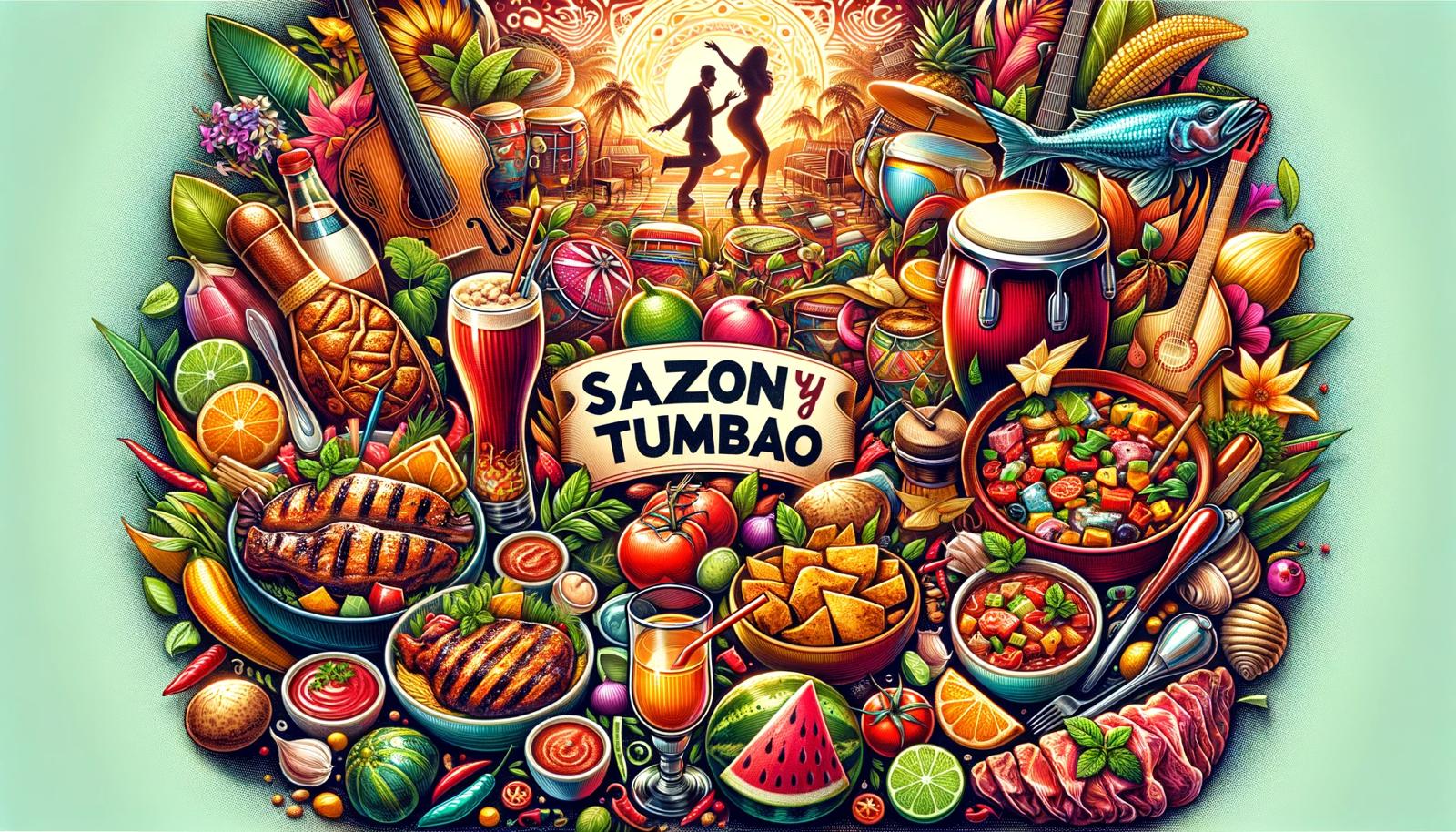

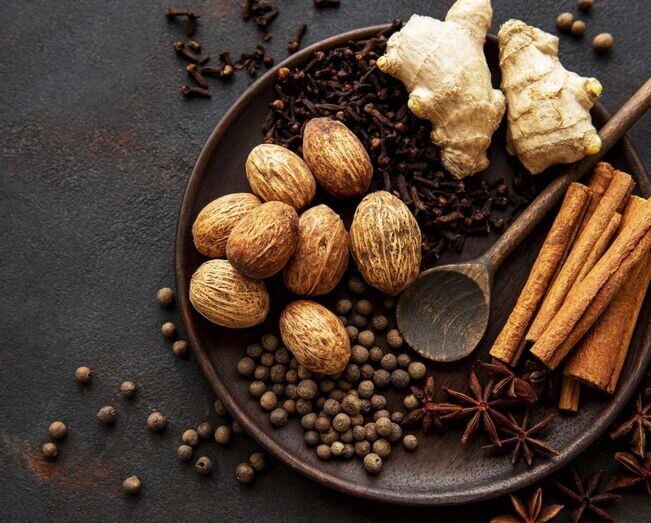




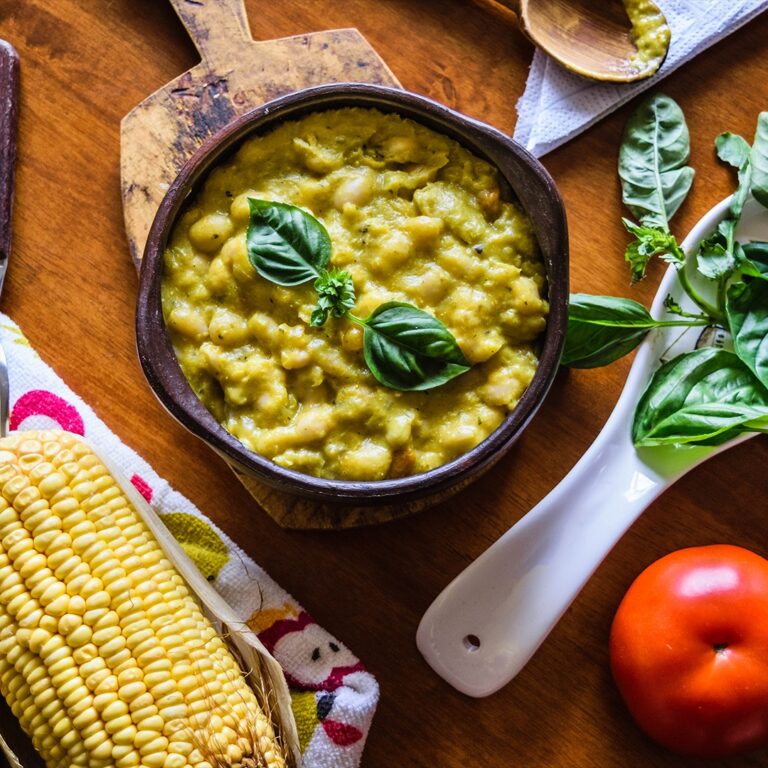
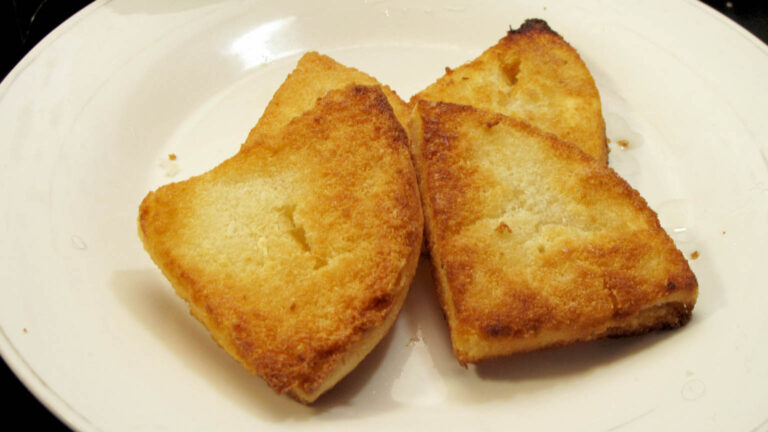
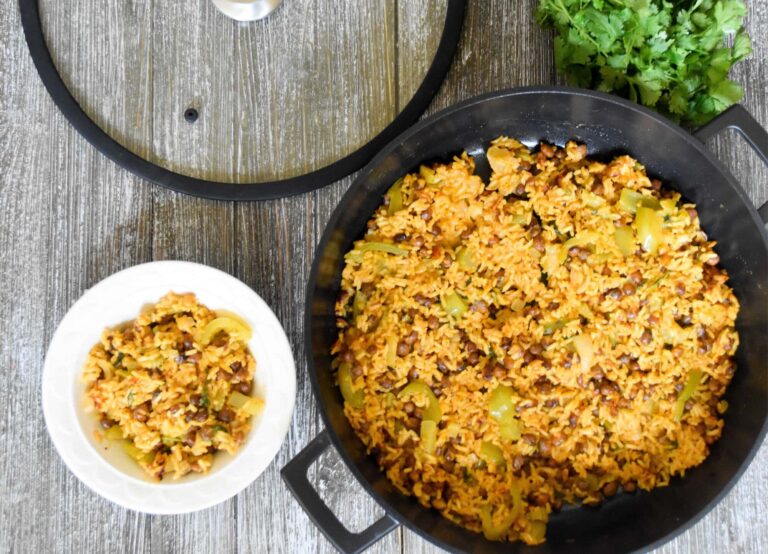
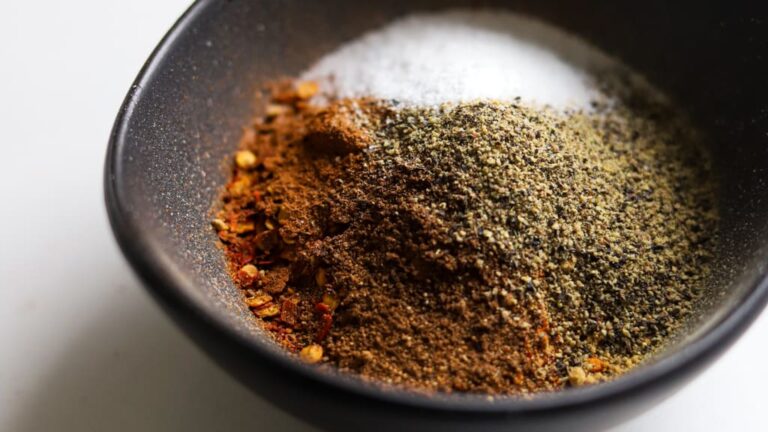
One Comment